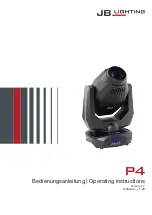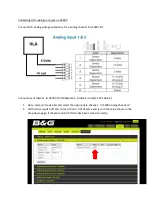
---------------------------------------------------------------------------------------------------------------------------------------
Rev. 3.0
103
BM3 User’s Manual
It recommended PATIENT position in NORMAL measurement, as below;
1) Comfortably seated
2) Legs uncrossed
3) Feet flat on the floor
4) Back and arm supported
5) Middle of the CUFF at the level of the right atrium of the heart
a recommendation that 5min should elapse before the first reading is taken
Measurement Limitations
Measurements are impossible with heart rate extremes of less than 40 bpm or greater than 300
bpm, or if the patient is on a heart-lung machine.
The measurement may be inaccurate or impossible:
• With excessive and continuous patient movement such as shivering or convulsions
• if a regular arterial pressure pulse is hard to detect
• With cardiac arrhythmias
• With rapid blood pressure changes
• With severe shock or hypothermia that reduces blood flow to the peripheries
• With obesity, where a thick layer of fat surrounding a limb dampens the oscillations coming
from the artery
• On an edematous extremity.
The effectiveness of this sphygmomanometer has not been established in pregnant, including
preeclamptic patients.
Cuff Selection and Placement
The quality of NIBP monitoring depends largely on the quality of the signals received by the
monitor.
For this reason, it is important to select the correct cuff size for your patient. Cuff sizes are clearly
















































